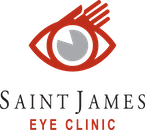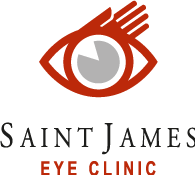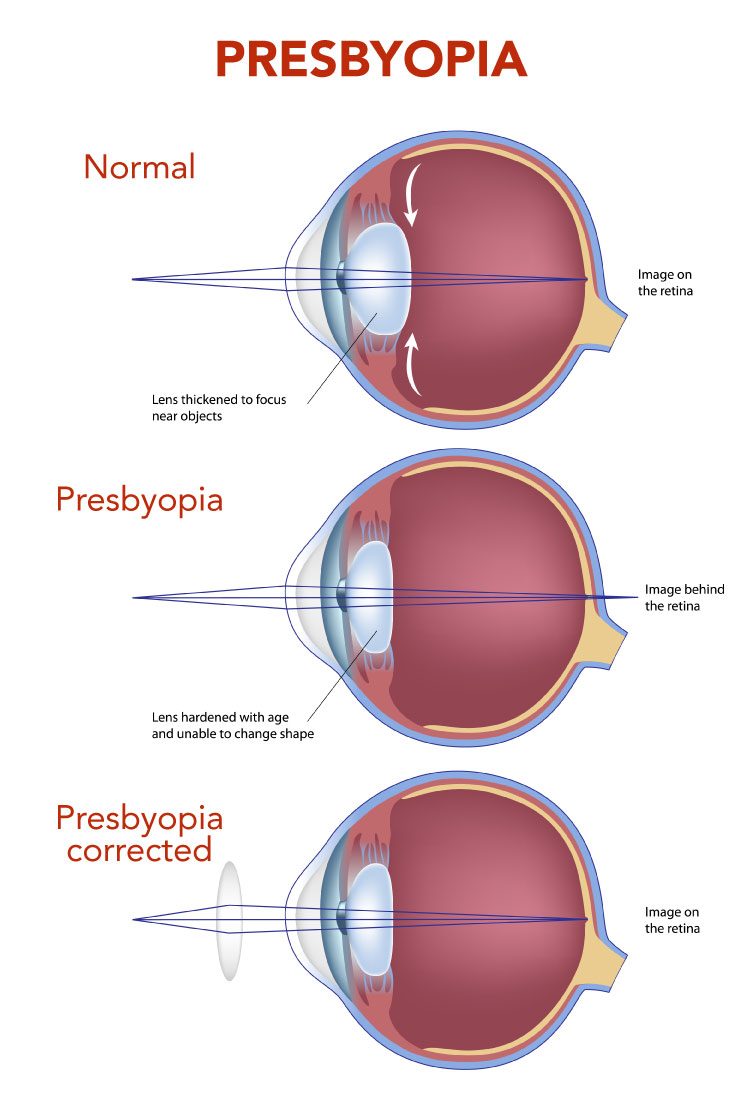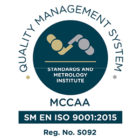The FemtoLasik method has further reduced the risks associated with laser operations, which were already rare. These days, it’s fair to say that with FemtoLasik laser surgery, getting rid of spectacles is a very safe procedure.
In order to avoid issues, a licensed machine operator is present during the operation who monitors the laser technique and related equipment, ensuring that the mathematical values measured from the patient during the preliminary exam are correctly inputted into the laser’s computer.
The machine operator operates and supervises the devices, thereby allowing the surgeon to personally concentrate on the operation and patient. Before surgery, the surgeon and machine operator further confirm together the values inputted.
Dry eyes
Dry eye is a common side effect in postoperative stage. For this reason, it is recommended that lubricating eye drops are applied to the operated eyes for a three- to six-month period.
Most patients report, however, that they no longer need these eye drops for more than a month or two after surgery. Very few patients will need to put these drops for a longer period of time.
Decreased night vision
The risk of decreased night vision is extremely small and nowadays it is rarely documented to advancement in technology.
Over- and under-correction
Laser surgery-related side effects may be over- and under-correction. Over-correction means that in correcting the vision we go from minus to the plus side, which nevertheless generally evens out with time.
Sensitivity to light
Sensitivity to light is quite a rare complaint nowadays. It may be said that from two to six hours after surgery, the eye will be recovered from the procedure.
Protrusion of the cornea (keratoconus)
In femtoLASIK surgery, the very thin and uniform flap produced by the femtosecond laser has enabled the correction of increasingly larger refractive errors in a completely safe manner. Due to these factors, the risk of corneal protuberance has been limited to the minimum when using the FemtoLasik procedure. With the state of current technology, this risk is practically non-existent. More precise preliminary examinations have also raised safety to a whole new level – and have already enabled the detection of keratoconus at an early stage.
Retinal damage
With the FemtoLasik method, eye pressure does not need to be raised to a high level. For this reason, damage to the retina is very rare indeed.
Growing epithelium under the flap
About one month after the operation, there is an additional check to see if an epithelium – i.e. surface layer on the eye – has grown under the flap. The removal of an epithelium has to be performed these days to fewer than one in one thousand of those operated.
Incomplete flap
The femtosecond laser utilized by the FemtoLasik method has brought improved the safety aspect to a whole new level in this area as well. If for some reason the flap is made in an incomplete manner, a new one can be made immediately.
Infections
The speed of the FemtoLasik procedure has minimized the risk of infection. The flap made in the eye with a femtosecond laser is open for a very short time, thereby reducing the risk of infection. The quick procedure and highly developed equipment maintenance ensure an infection-free zone for the FemtoLasik operation.
Haze
Corneal haze tends to be caused by an aggressive wound response after surface ablation or FemtoLasik. In response to laser vision correction surgery ablation, the cornea can become clouded with white cells. Treatment is usually effective; however, in very rare instances the cornea will remain scarred.
